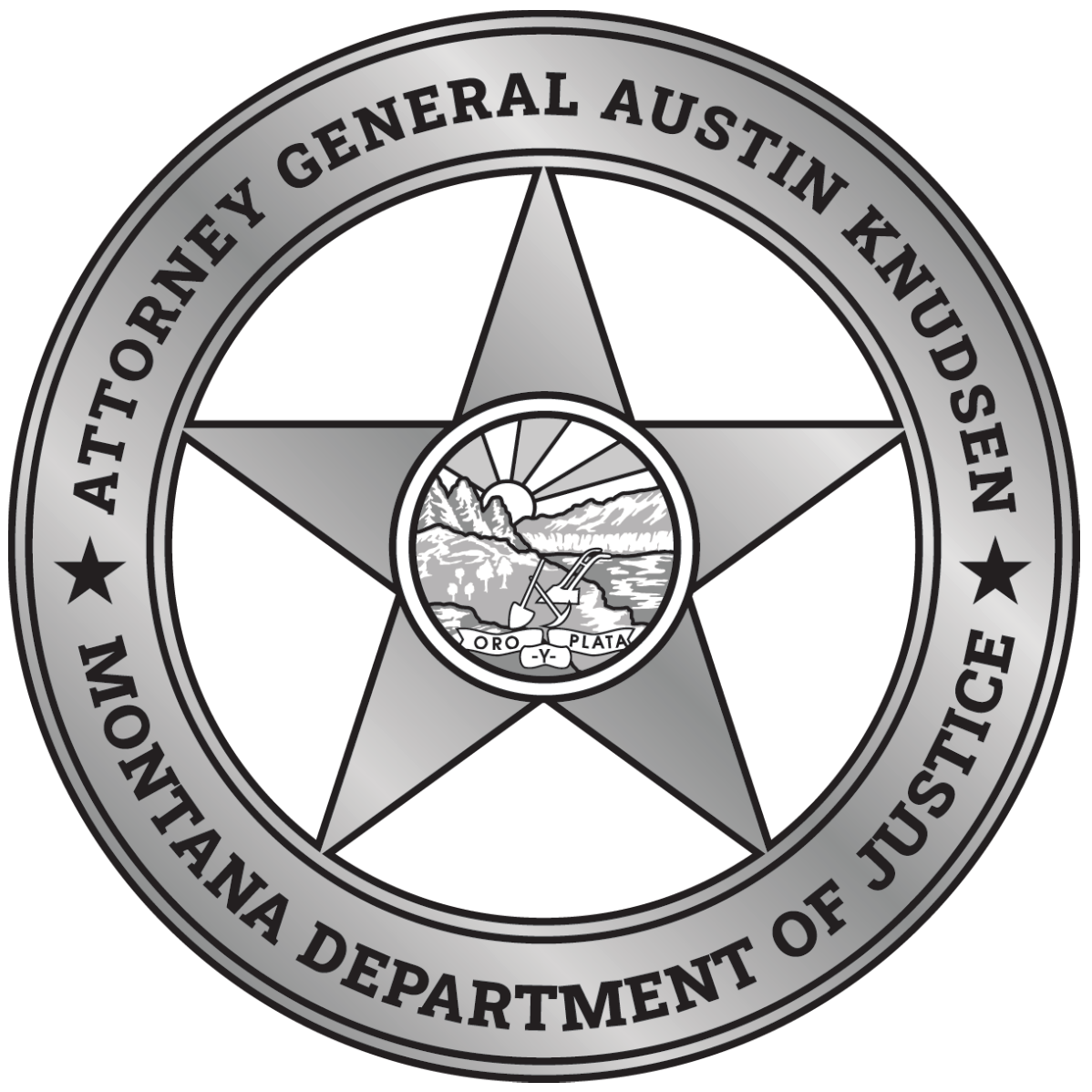
Upper Clark Fork River Basin
Aquatic and Terrestrial Restoration
In 1983, the State of Montana (State) filed a lawsuit against the Atlantic Richfield Co., now BP-Atlantic Richfield (BP-AR), for injuries to the State’s natural resources in the Upper Clark Fork River Basin (UCFRB), which extends from Butte to Milltown. The lawsuit was brought under federal and state Superfund laws and sought damages from ARCO. Decades of extensive mining and mineral processing by ARCO and its predecessors in the Butte and Anaconda areas released hazardous substances that injured natural resources and deprived Montanans of their use. The natural resources injured included groundwater, aquatic, and terrestrial resources.
The State settled this lawsuit through a series of settlement agreements (known as “consent decrees”) completed in 1999, 2005, and 2008. The 1999 settlement established the Upper Clark Fork River Basin Restoration Fund (UCFRB Restoration Fund). See Milltown associated with the 2005 Settlement and for the 2008 settlement, see Anaconda Uplands, Butte Area One, and the Clark Fork River Operable Unit.
The UCFRB Restoration Fund contains no Montana taxpayer funds, is administered by the NRDP for the Governor of Montana (who is the trustee for natural resources of the State) and must be used to restore, rehabilitate, replace, or acquire the equivalent of the injured natural resources of the UCFRB. The Governor established the UCFRB Remediation and Restoration Citizens Advisory Council to facilitate public dialogue, promote public understanding, and advise the Governor with respect to issues involving remediation and restoration efforts in the UCFRB.
In 2012, an estimated $65.5 million was initially available for funding of projects to improve aquatic and terrestrial resources and related public recreational services and $40 million was available for the groundwater resources. The counties where injury occurred (Butte-Silver Bow and Anaconda-Deer Lodge) developed the groundwater restoration plans, approved by the Governor, to address their groundwater priorities. The State developed the UCFRB Aquatic and Terrestrial Resources Restoration Plans, with input from the public, describing how and when the proposed restoration actions would be implemented to address priority aquatic, terrestrial, and recreational resources. Aquatic and terrestrial restoration plans were originally approved by the Governor in January 2013 and revised in 2015 and 2019, per the 2012 Final Upper Clark Fork River Basin Interim Process Plan (“Process Plan”).
Pursuant to this Process Plan, the State will be updating and revising the restoration plans in 2023. More information is available on these updates in “Current/Recent Activities”.
SETTLEMENT/CONSENT DECREE
In 1983, the State of Montana (State) filed a lawsuit against the Atlantic Richfield Co., now BP-Atlantic Richfield (BP-AR), for injuries to the State’s natural resources in the UCFRB, which extends from Butte to Milltown. The lawsuit was brought under federal and state Superfund laws and sought damages from BP-AR. Decades of mining and smelting by BP-AR and its predecessors in the Butte and Anaconda areas released hazardous substances that injured natural resources and deprived Montanans of their use. In 1989, the Environmental Protection Agency (EPA) filed another lawsuit to establish BP-AR’s liability for remedial cleanup in the UCFRB.
The NRDP pursued the natural resource damage (NRD) litigation against BP-AR on behalf of the State. The State settled this lawsuit through a series of settlement agreements/consent decrees completed in 1999, 2005, and 2008. The consent decrees along with the restoration plans approved pursuant to those decrees provide the framework for expenditures of natural resource damages obtained from those settlements.
1999 Settlement
- 1999 Consent Decree between State & ARCO
- 1999 Streamside Tailings Operable Unit & Federal & Tribal Consent Decree
2005 Settlement – Milltown Dam
2008 Settlement
CURRENT/RECENT ACTIVITIES
Since the Governor’s approval of the 2012 Restoration Plans, the State along with its partners have worked on implementing key elements of the aquatic and terrestrial restoration plans. See UCFRB Restoration Fund Annual Report, for the most up-to-date summary of activities and documents, including monitoring reports, that have been prepared.
2023 UCFRB Aquatic and Terrestrial Resources Restoration Plans Revision
The 2012 Final Upper Clark Fork River Basin Process Plan states not all aquatic or terrestrial restoration actions will be known at the time of the Restoration Plans’ development and provides those plans are to be reviewed, updated, and revised. The 2018 Restoration Plans, Section 6.0, indicates the next update will occur in 2023.
Revisions to the aquatic and terrestrial restoration plans per the 2012 Final Upper Clark Fork River Basin Interim Process Plan involves solicitation for restoration project proposals, from the public, to be potentially included in revised restoration plans. See for restoration plans revision process and schedule. Guidance documents are also available in the Document folder. This will be out for public comment late January through March, see our public comments page for details.
Clark Fork Watershed Education Program (CFWEP)
The Education Fund was established in 2014 through an amendment to the Final Upper Clark Fork River Basin Interim Restoration Process Plan (2012) which earmarked long-term funding for the Clark Fork Watershed Education Program (CFWEP). CFWEP is a leading provider of environmental education programs and services in western Montana. CFWEP offers multi-disciplinary science and history programs for schools, teachers, and students in and around the Upper Clark Fork Basin and beyond. CFWEP also offers public education and outreach services such as tours, events, and publications that connect the public with the science and history of the amazing landscape of western Montana. For more information you can visit CFWEP’s website at About Us – The Clark Fork Watershed Education Program (cfwep.org).
Notable Projects
LINKS, DOCUMENTS, & REPORTS
Plans
- Final Upper Clark Fork River Basin Long Range Priorities and Fund Allocation Guidance Plan (2011)
- Final Upper Clark Fork River Basin Interim Restoration Process Plan (2012)
- Restoration Plans
- Prioritization Plans
- Monitoring & Maintenance Plans
